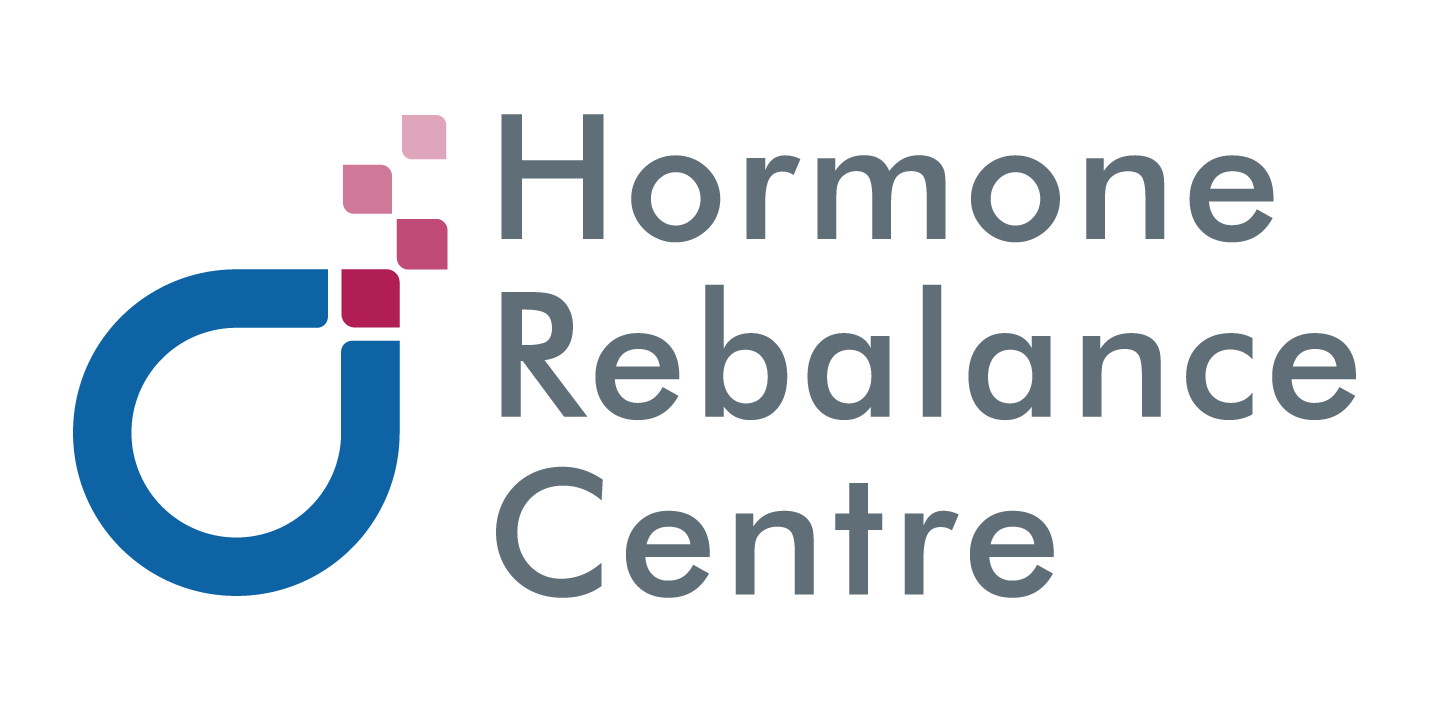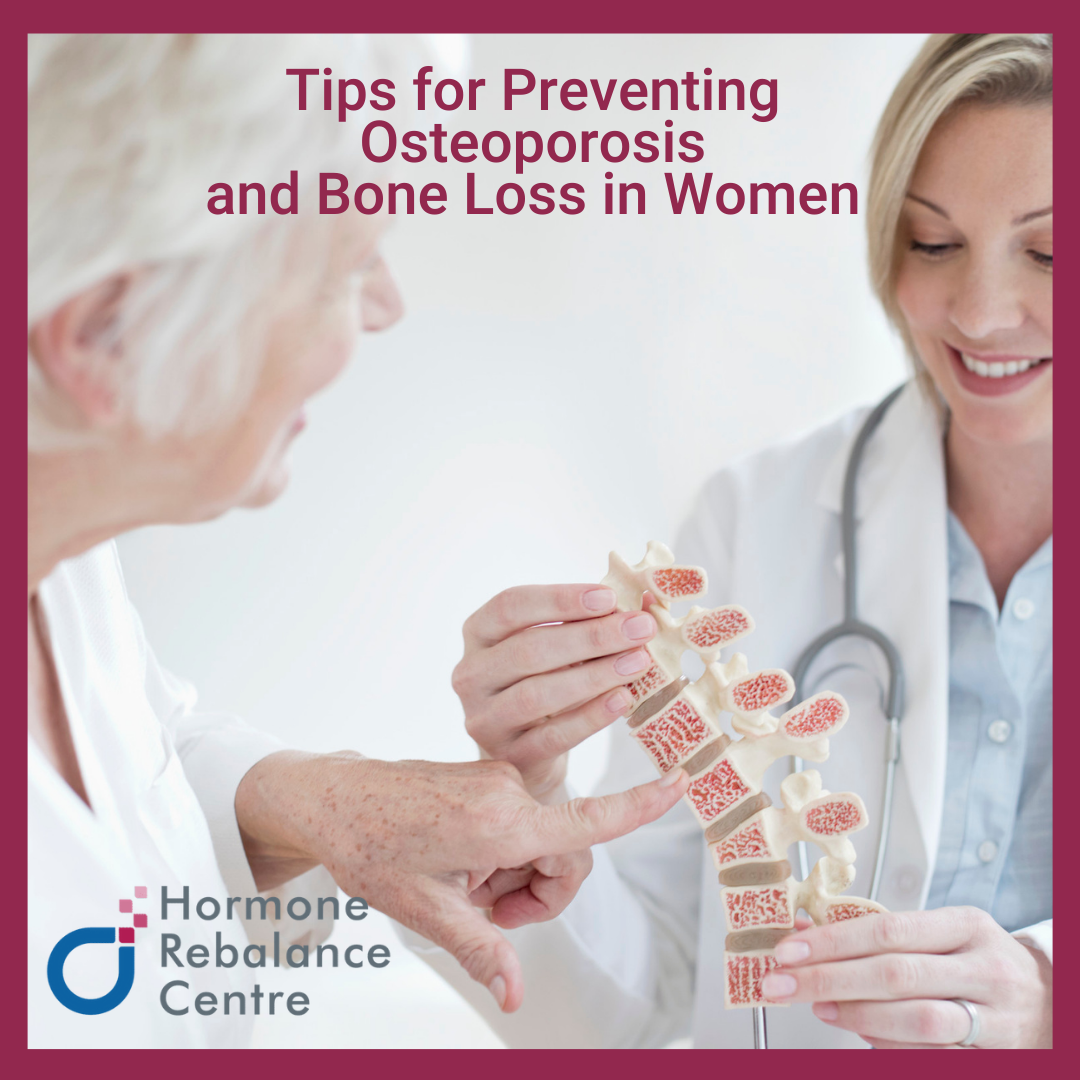Did you know that statistics show that 1 in 3 women will suffer from osteoporotic fractures in their life? As well, women are generally 4 times more likely to develop osteoporosis than men.
Osteoporosis [osteo meaning bone and porosis meaning porus] is a condition that develops as a result of bone loss or lack of bone rebuilding, which leaves bones brittle and prone to breakage.
Throughout our life, bones continuously break down and rebuild. However, as we age, and specifically after menopause for women, the rate at which bones break is faster than the rate at which they rebuild, causing slow and ongoing deterioration of bones.
Up until the age of 30, our bodies build bone at a faster rate than we lose it. After the age of 35, bone loss occurs faster than bone buildup, which causes a gradual loss for bone mass over the years. After menopause, the rate of bone breakdown occurs ever faster, which is why age alone is a risk factor this this condition.
While there are medications available once a woman already has this condition (most commonly in the bisphosphonates group), preventing osteoporosis from developing all together or slowing down it’s progression can make a big difference is the key to healthy bone aging.
Why are women more prone to have bone loss?
Estrogen plays a number of roles in the female body. It is responsible for reproduction, heart health, bone health, brain health and prevention of major disease. But when estrogen levels decline following menopause, the risk of developing cognitive, bone or heart complications rises.
Throughout the lifespan, calcium and vitamin D (along with other vitamins and minerals) work synergistically to ensure bones remain dense, healthy and strong. Estrogen is partially responsible for preventing the conversion of healthy bone into calcium to be used throughout the body; this is why calcium is so important after menopause!
When estrogen levels fall, such as in menopause, the protective effects on bone are lost and bone is more quickly and easily absorbed. This leaves bones weaker, less dense and more prone to breakage and fracture.
Other risk factors to consider:
Aside from declining estrogen levels, there are other risk factors associated with development of osteoporosis. These include:
- Increasing age
- Family history of osteoporosis or osteopenia
- Low body weight or BMI below 21
- Lifestyle & nutritional factors: high sugar, high fat diet, smoking, alcohol consumption
- Low vitamin and mineral status
- Lack of physical activity
- Frequent use of steroid medications
Preventing osteoporosis is the best way to avoid the complications that arise following a diagnosis and while some research has found that prevention should start as early as the teen years, it is never too late to make changes for your health!
Below we share some ways to prevent and evaluate the development of osteoporosis.
How do you test for osteoporosis?
These scans are also called DEXA scans and can determine the likelihood of having bone density issues or determine if they are already present. These tests are often offered at various imaging clinics and do not require a doctor’s order.
If you live in Ontario, the recommendation is for women to get a scan after the age of 65, or earlier if there are risk factors. We recommend speaking to your doctor about getting a baseline of your bone health as early as at the age of 50, especially if you have any of the risk factors listed above.
What can you do to prevent osteoporosis?
#1: Optimize Your Diet by Focusing on Acid- Base Balance
Having an acid diet will cause the bones to release alkaline calcium salts to neutralize the excess acid. What this means is that in order to protect the body from an acidic state, your bones will give up their calcium and release it to your bloodstream to deal with the acidity.
Therefore, ongoing excess consumption of acidic foods and underconsumption of alkaline foods will essentially put your body in a state where bone loss is a lot more likely to happen.
Some foods you want to eat less or more of include:
- Increase daily consumption of dark leafy greens
- Decrease consumption of coffee, alcohol and pop
- Decrease consumption of processed sugar and excess animal products
#2: Lifestyle considerations:
There are lifestyle practices that can also impact the rate at which your bones build and breakdown, for example:
- Smoking has been shown to contribute to bone loss as it promotes an acidic state in the body
- Exercise, specifically weight bearing and strength training that helps strengthen the muscles and add mechanical load on the bones, has been shown to inhibit bone loss
#3: Supplement and Nutraceuticals to consider:
While calcium may be an obvious supplement that most women knowingly associate with bone health, it’s important to know that there are several other key vitamins and minerals that help bone regrowth, such as:
- Vitamin D (helps the absorption of calcium)
- Vitamin K2 (helps ensure that calcium gets into the bones, rather than accumulating in the blood vessels and causing plaque buildup)
- Trace minerals such as boron, phosphorus, copper, magnesium and zinc
Please make sure to speak to a healthcare provider or reach out to us to assess the best bone supporting supplements for you!
#4: Consider Bioidentical Hormone Replacement Therapy
Studies show that for post menopausal women who experience bone loss despite a healthy lifestyle, bioidentical hormone replacement (specifically of estradiol) might offer a viable alternative to other medications for the prevention of osteoporosis.
Of course each woman needs to weight the risks and benefits of hormone replacement and we always recommend testing your hormone levels to first understand what your unique levels are and make a decision based on that. It’s important to know that while there are risks to having excess estrogen in the body, there are also risks to having deficient estrogen levels and balance is key!
For more information about Bioidentical Hormones, you can click here!
Making small and manageable changes is going to be the best prevention, not only for osteoporosis but for all chronic disease! Our team of Naturopathic Doctors at Hormone Rebalance Centre can help you with these changes!
We offer investigative testing, nutritional optimization and hormone rebalance programs to ensure you are getting ultra-customized care! If you would like to chat more about your testing and treatment options, book a FREE hormone assessment with our team!
Sources:
“Osteoporosis.” Nutritional Medicine, by Alan R. Gaby, 2nd ed., Fritz Perlberg Publishing, 2017, pp. 675–698.
“Osteoporosis.” Women’s Encyclopedia of Natural Medicine, by Tori Hudson, McGraw Hill, 2008, pp. 237–266.


No Comments